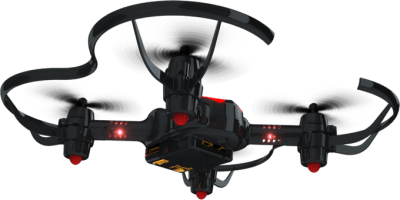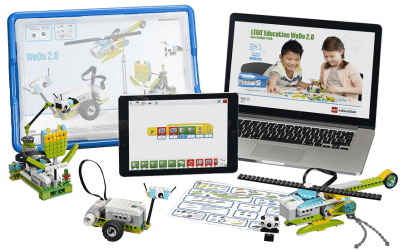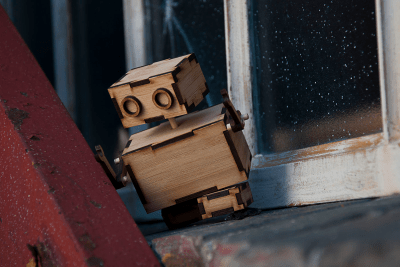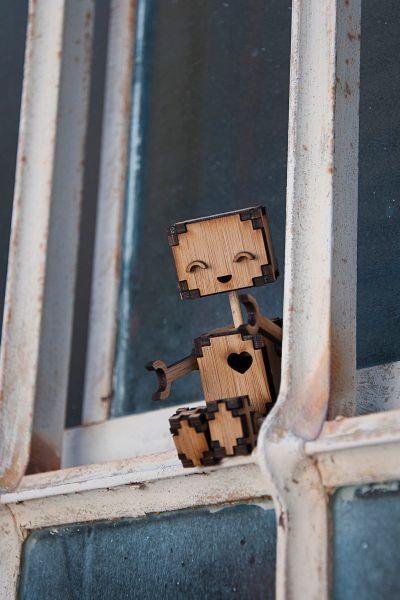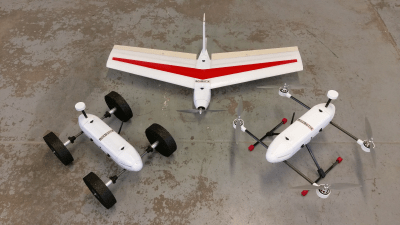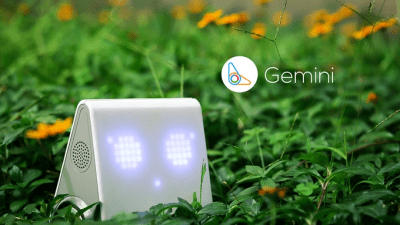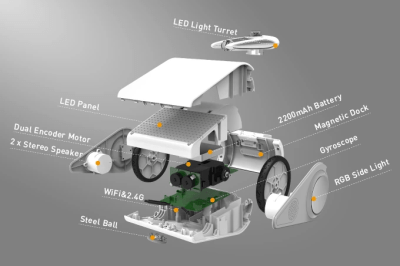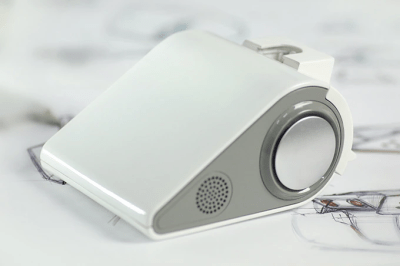Zowi ist ein Lernspielzeug von BQ, dessen Aktionen Kinder in verschiedenen Komplexitätsstufen selbst programmieren und steuern können.
Der Zowi ist jetzt in Deutschland und Österreich vorbestellbar, die Geräte werden ab dem 16. Februar versendet.
Frankfurt am Main, 25. Januar 2016 – BQ, ein spanischer Marktführer im Bereich der Unterhaltungselektronik, stellt auf der Spielwarenmesse in Nürnberg (27.1. – 1.2.) das Lernspielzeug Zowi vor, das Kindern dabei helfen soll, Technologie zu verstehen und selbst zu nutzen. Kinder und Eltern können den Zowi programmieren, auseinanderbauen und wieder zusammensetzen. Dabei können sie auf die Schaltkreise des Zowi zugreifen oder ihm in verschiedenen Komplexitätsstufen selbst neue Fähigkeiten beibringen: Zowi kann tanzen, laufen und Objekten ausweichen. Er lässt sich über eine Android-App steuern. Der spielerische Ansatz des Roboters verdeutlicht, wie Technologie zum Lernen nach BQ sein sollte: unterhaltsam, verständlich und zugänglich für alle. Zowi kann bereits vorbestellt werden, der Versand startet am 16. Februar in Deutschland und Österreich. Der Preis liegt bei 99,90 Euro.
Technische Daten
Der Zowi-Lernroboter kommt fertig montiert aus der Verpackung. Drei Modi sind bereits vorprogrammiert, somit ist Zowi direkt spielbereit: Er tanzt, kann gehen und Hindernissen ausweichen. Er reagiert auf Berührungen und Klapse. Mit Hilfe der Zowi Android-App können Kinder Zowis Bewegungen über Bluetooth steuern. Zowi ist mit einem 4040 mAh-Akku und vier Futaba s3003-Servomotoren ausgestattet. Die Hauptplatine läuft über Bluetooth, sie ist mit Arduino kompatibel – Ardunio ist eine Physical-Computing-Plattform, die aus Soft- und Hardware besteht, beide Komponenten sind quelloffen (Open Source).
Das Zowi-Ökosystem
Mit Hilfe eines 3D-Druckers ist es möglich, Accessoires für den Zowi zu drucken – Kinder können das Spielzeug zum Beispiel mit einem selbst ausgedruckten Helm, einem Schwanz oder Flügeln ausstatten. Außerdem gibt es viele Druckvorlagen für neue Köpfe, die 3D-gedruckt werden können. Mittels BQs Bitbloq-Programm lässt sich Zowi programmieren. Auf Zowis Webseite und der DIWO (Do it with others)-Community von BQ findet sich Inspiration für Weiterbildung, Training und Tutorials rund um das Zowi-Ökosystem. Auf der DIWO-Plattform können Kinder hier ihre eigenen Projekte mit anderen Kindern teilen.
„Technologie nimmt in unserem täglichen Leben immer mehr Raum ein. Wie die Welt in 20 Jahren aussehen wird, können wir jetzt noch nicht sagen. Aber wir wissen, dass Wissenschaft und Technologie diese Entwicklung maßgeblich beeinflussen werden“, sagt Alberto Méndez, CEO bei BQ. „Deshalb haben wir Zowi entwickelt. Er soll Kinder schon früh an die Technologie heranführen und sie auf spielerische Weise beim Entdecken der Programmierung (Software) und Elektronik (Hardware) begleiten. Damit möchten wir zeigen, dass Technologie transparent, greifbar und unterhaltsam sein kann. Die gesamte Software und die Zeichnungen für den Zusammenbau von Zowi sind frei zugänglich – denn je besser Wissen zugänglich ist, desto schneller können wir uns weiterentwickeln.“
Weil das Lernspielzeug Zowi auf der Make Munich Messe sehr beliebt war, kann es schon jetzt im BQ-Onlineshop für 99,90 EUR vorbestellt werden. Am 16. Februar werden sie versendet.
Über BQ
Das spanische Unternehmen BQ ist im Bereich der Unterhaltungselektronik tätig und ist eines der führenden Technologieunternehmen in Europa. Sein Hauptgeschäftsbereich konzentriert sich auf Multimediageräte wie Smartphones, Tablets, 3D Drucker und Lernroboter. BQ gehört zur Mundo Reader S.L., die aus Unternehmen besteht, die in der Entwicklung, der Herstellung und dem Vertrieb von elektronischen Geräten, Inhalten und Zubehör tätig sind.
BQ hilft Menschen dabei, Technologie zu verstehen und selbst zu entwickeln. Daher setzt BQ verstärkt auf Fortbildung im Bereich Technologie sowie DIY- und Open Source-Philosophie. Die Firmenphilosophie von BQ spiegelt sich auch im Produktportfolio und den Softwarelösungen des Unternehmens wider. All die Bestrebungen von BQ haben zum Ziel, die Technologie als Werkzeug zu nutzen, um das Leben der Nutzer und somit die Welt zu verbessern.
2014 arbeiteten rund 1.000 Mitarbeiter für BQ in den Niederlassungen in Deutschland, Frankreich, Portugal und Spanien. Die 3D-Drucker werden bereits in über 50 Ländern vertrieben. Der Umsatz des Unternehmens betrug 2014 rund 202,5 Millionen Euro. Es wurden über 2,1 Millionen Geräte verkauft. Das BQ Aquaris E5 war 2014 das am zweithäufigsten verkaufte Smartphone ohne Vertragsbindung in Spanien.

